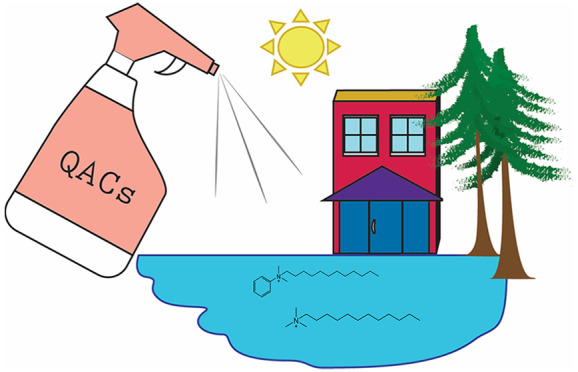- Record: found
- Abstract: found
- Article: not found
Increased Use of Quaternary Ammonium Compounds during the SARS-CoV-2 Pandemic and Beyond: Consideration of Environmental Implications

Read this article at
Abstract

Quaternary ammonium compounds (QACs) are active ingredients in over 200 disinfectants currently recommended by the U.S. EPA for use to inactivate the SARS-CoV-2 (COVID-19) virus. The amounts of these compounds used in household, workplace, and industry settings has very likely increased, and usage will continue to be elevated given the scope of the pandemic. QACs have been previously detected in wastewater, surface waters, and sediments, and effects on antibiotic resistance have been explored. Thus, it is important to assess potential environmental and engineering impacts of elevated QAC usage, which may include disruption of wastewater treatment unit operations, proliferation of antibiotic resistance, formation of nitrosamine disinfection byproducts, and impacts on biota in surface waters. The threat caused by COVID-19 is clear, and a reasonable response is elevated use of QACs to mitigate spread of infection. Exploration of potential effects, environmental fate, and technologies to minimize environmental releases of QACs, however, is warranted.
Related collections
Most cited references115
- Record: found
- Abstract: found
- Article: not found
Integrons: past, present, and future.
- Record: found
- Abstract: found
- Article: not found
Quaternary ammonium biocides: efficacy in application.
- Record: found
- Abstract: found
- Article: not found
